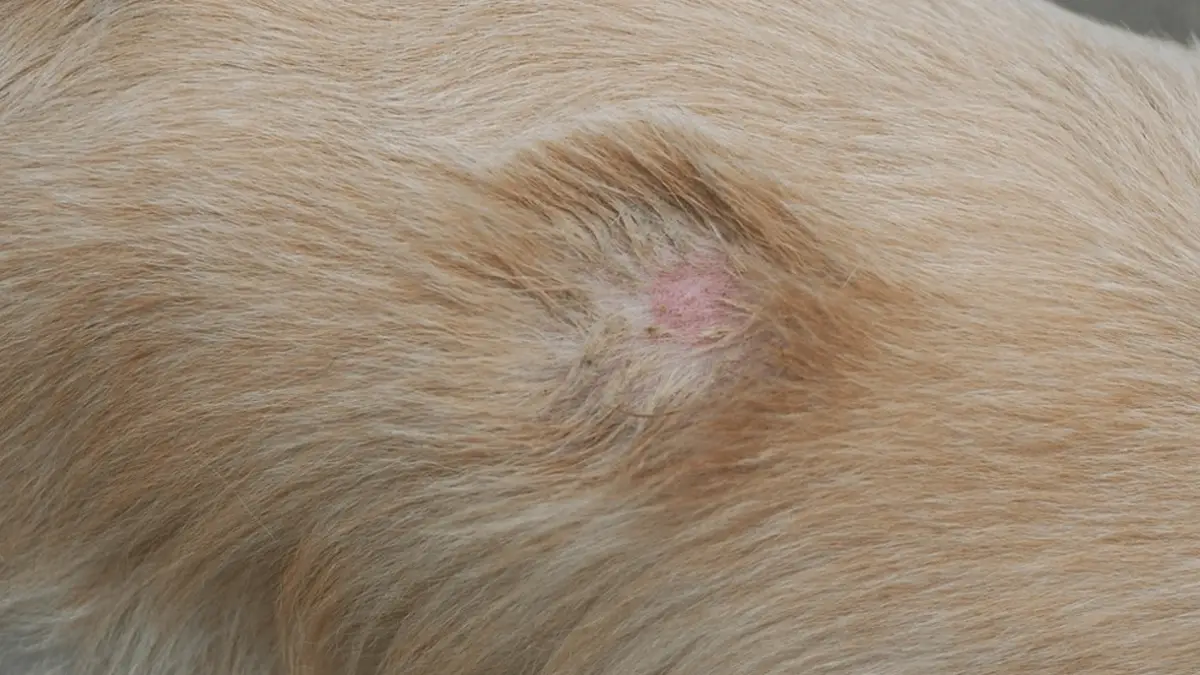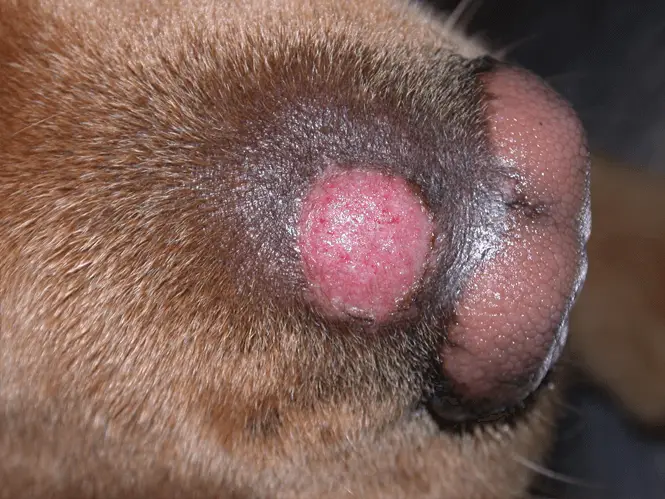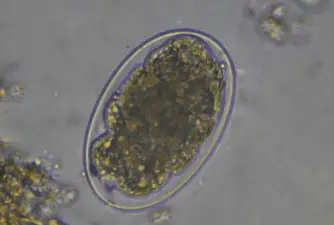Ringworms in Dogs - Signs & Treatment
13.11.2021.
Dogs can get infected with different types of parasites. One of those is ringworm. Most dog owners that hear the name “ringworm” the first time think this is a similar parasite to roundworm, hookworm, tapeworm, or whipworm. However, ringworms are not actually worms. If you believe your dog has this parasite, here’s what you might want to know about ringworms in dogs.
What is ringworm?
Unlike other typical dog parasites, the ringworm is not actually a worm. Ringworm is a fungus. This type of parasite is fairly common, and dogs are not the only species that can get infected. Ringworm can infect all domestic animals. If you are a dog owner, you should get familiar with it, its symptoms, causes, and treatment.
The scientific name for ringworm is dermatophytes. They were named after the big red ring pattern they leave on the infected skin. It’s important to know that ringworm is an umbrella term, and it actually describes different types of pathogenic fungi. Most ringworm infections are caused by three types of fungi;
- Microsporum canis (70% of cases)
- Microsporum gypseum (20% cases)
- Trichophyton mentagrophytes (10% cases)
The good news is that most infections are localized. However, dogs with a weaker immune system might have a widespread infection (puppies, senior dogs, and immunosuppressed dogs).
Can I get infected with ringworm?
Some parasites cannot infect humans. Unfortunately, ringworm is not one of them. Humans can get infected with ringworms, and you should take this condition seriously. More precisely, the Microsporum canis can infect us. You might be more familiar with the term “Athlete’s foot.” Well, that is human ringworm infection. You can notice a red ring that will be very itchy. If that happens, contact your primary care physician and ask for advice.
How can I know if my dog has ringworm?
Most dog owners will notice something wrong with their dogs. However, if you’re not familiar with ringworm, you might not be able to pinpoint the exact issues your dog’s experiencing. The best way to know your dog has ringworm is to visit your vet and get a definite diagnosis. However, since this issue can infect humans, it would be best to learn its symptoms.
Symptoms of ringworms in dogs
As we already said, it would be best to learn which symptoms dogs can exhibit if they get infected by ringworm. The best thing about learning ringworm symptoms is - you’re able to react quickly. The sooner you respond, the sooner the treatment can start. The most common symptoms of ringworms in dogs are;
- Dry hair
- Brittle hair
- Rough claws
- Brittle claws
- Inflamed and scabby skin
- Circular areas of hair loss
VET TIP: Ringworms usually infect the most superficial layer of the dog’s skin. In some cases, ringworm will infect the dog’s nails and affect them. Symptoms will be different based on the exact area of infection.
How dangerous is ringworm infection?
The good news is that ringworm is rarely life-threatening. It is mostly uncomfortable because the dog will be itchy and sore. However, with proper treatment and post-treatment measures, dogs can recover without any problems.
One of the worst parasites that can infect your dog is called heartworm. You can read more about it here - Heartworm in dogs.
How do vets diagnose it?
There are a few ways and tests vets use to correctly diagnose ringworm in dogs. The first way is to simply examine the ring-shaped lesions on the dog’s skin. However, different skin issues can cause similar symptoms, so only using this method can lead to misdiagnoses.
The second test is flashing the infected dog hair with a Wood’s lamp. This ultraviolet light will cause hair that contains infectious spores to glow. However, it is not entirely fail-proof, and some cases of infection will not cause fluorescent lightning.

The most secure way of diagnosing is fungal culture. The infected area will be examined in the lab. The vet will get a definitive diagnosis of the exact type of fungi infecting your dog. However, the actual results can take up to 4 weeks, which means you should be patient.
How can dogs get infected with ringworm?
The only way your dog can get infected is through direct contact with contagious fungi spores. Your dog can get in contact with an infected animal or person. The infectious spores can even remain contagious on surfaces at your home. Your couch, floors, dog hair, curtains, carpets, dog beds, brushes, collars, leashes, or bowls can remain contagious for 18 months. You must listen to your vet’s advice on sterilizing your dog’s environment.
Vets usually recommend you to regularly deworm your dog. Check out this article for safe deworming medications - Best dog dewormers.
How is ringworm treated?
There are a few things that will determine the treatment. Still, the approach to your dog’s treatment should be pretty similar to this - a combination of systemic and topical therapy. In other words, your dog should get a combination of drugs and topical creams.
Topical treatment
In some cases of ringworm infections, your vet will recommend your dog only uses topical creams, shampoo, or ointments. However, in most cases, it is prescribed with oral drugs. You can apply the ointments on the affected area, and shaving the dog’s hair in those areas might be recommended.
Systemic treatment
There are different available oral medications vets can prescribe to dogs with ringworms. The most common drugs are based on griseofulvin, itraconazole, or terbinafine. You mustn’t stop the treatment as soon as lesions disappear because the fungi can still remain present in the dog’s skin.
Taking care of the environment
Once the dog is cleared of ringworm infection, the infection will reappear if the environment is not cleared. The most important thing you have to do is clear the dog hair. You have to vacuum and disinfect your entire home. If you fail to do that, your dog will get reinfected.
World Dog Finder team








Share